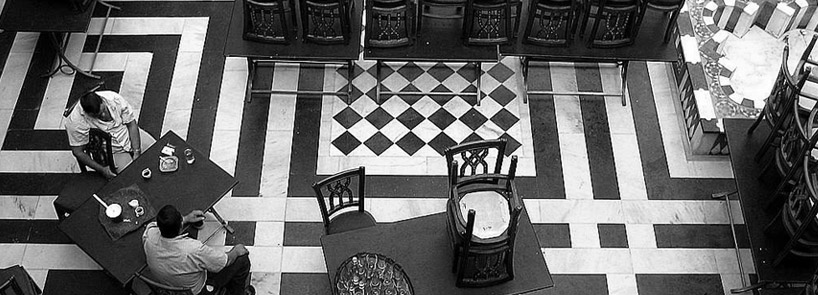Some of the key elements that affect the Syrian crisis have been absent or were neutralized. The issue of the Golan Heights, as part of the conflict with “Israel”, was foggy, perhaps a media piece that was directed against the political authority, or even within the discussion about the consequences of the political regime. The Syrian crisis is considered an internal affair, which excludes the ”occupied territories” from the priorities or the explicit demands of some opposition parties. Yet, this issue posed a series of questions within the framework of thinking about the crisis and its solutions:
The Golan issue has been tackled from the internal political dimension point of view, for the political regime is classified under the “Resistance” system, which, under through indirect negotiations arrived in 2010 to an advanced stage towards regaining the Golan Heights. On the other hand, some political parties see that it did not come even close to the hope of liberation, and could not , through political routes, manage to mobilise Resolutions 242 and 338. The Golan Heights had social consequences that were manifested in the “problem of the displaced”, whose repercussions were absorbed, according to some parties. The deeper dimension of the Golan is manifested in the blockage of the strategic horizon of the conflict with Israel.
The symbolism of the occupied territories has moved since the start of the crisis towards ” “Liwa’ al-Iskenderun” (The Sanjak of Alexandretta) either through refugee camps or through training camps, and it entered into the heart of the events, although a political wing inside the National Council (the Muslim Brotherhood) refuses to talk about it as a Syrian land. Liwa’ al-Iskenderun formed an issue for Syria in the first half of the last century, but understandings with Turkey at the end of the last century ended a lot of its outstanding political trails, for it to come back today to appear strongly.
In contrast, the opposition itself and especially the “National Council” went very casually over the issue of the Golan Heights, and its political statement in this regard was ambiguous. Its political narrative, however, only made an indication that the army didn’t play any role in the struggle with “Israel”, but it carries out war operations in the Syrian interior.
The crisis has certainly opened more space to reflect on what might be called “fragile geography”, which seemed like main pressure lines to Syria, and was manifested in the northern borders with Turkey, or what is known as “Brussels line”, Liwa’ al-Iskenderun area, or the border with Lebanon, The circumstances that are specific to the Syrian state became open towards major changes both inside and outside Syria.
Some of the trends that describe what has happened as a comprehensive national crisis go towards searching for terms of future stability of Syria, including border issues on the one hand, and the struggle with “Israel”, including the issue of the Golan Heights.
Some link the question of the Golan Heights with the northern borders, according to the logic of regional balance, for the Syrian-Israeli disengagement accord for the year 1974 formed an international understanding to guarantee a balance that wouldn’t lead to a regional war, and despite falling in between two faction, it is also intertwined with international understandings that led to its emergence. On the other hand, the northern borders are a result of the post WWI “Versailles” conference accords (San Remo and later, Lausanne) which shaped the Middle East, and the current crisis established a breakthrough in the northern borders, down to the southern ones (Entry into the no man zone in the Nakba anniversary and the withdrawal of UNDOF after militants entered post border territories, which leave the door wide open for reviewing the Syrian borders according to a different balance.
The question that poses itself amid this discussion that is linked to the Golan and the rest of the occupied territories, would Syria’s future image bear a different treatment of this subject? Or would the Golan Heights talk be only an element in the exchanged media campaigns between the two factions? And would the Syrian people be ready to pay the price for liberation, however different are its methods?




This is so sad to see that the occupied territories is the least important subject in this dialogue,and the last question in this paragraph is so absurd.
Why the meaning of Syrian sovereignty has to be challenged?
A stolen land is a stolen land and definitely the political methods are more advisable in the future for retrieving our loss in the north and the south and our right shouldn’t be compromised.